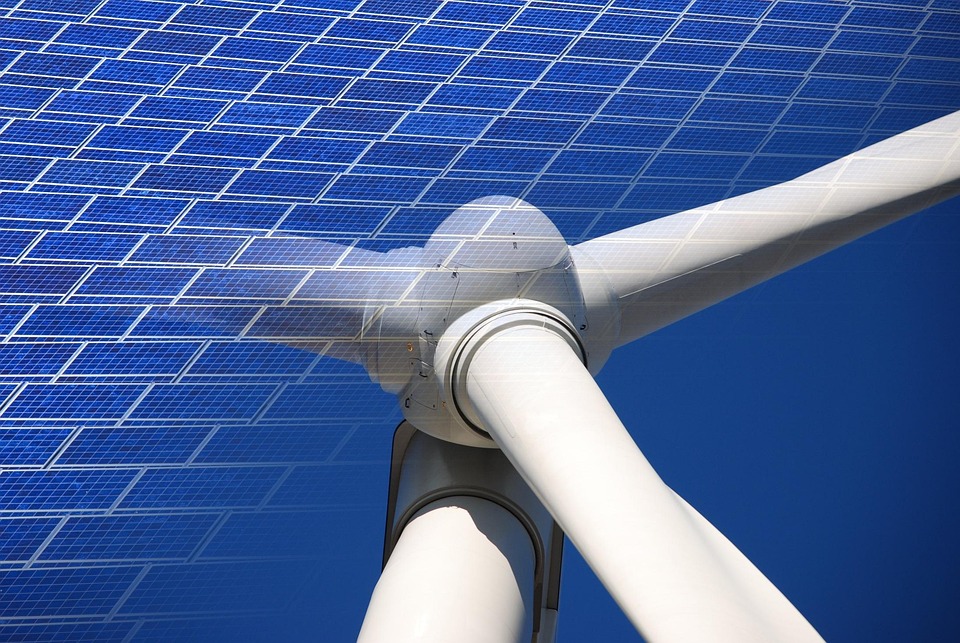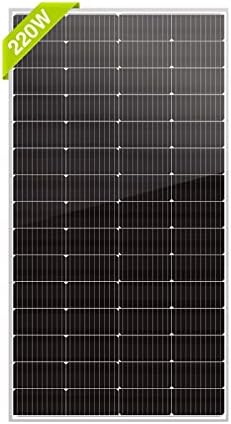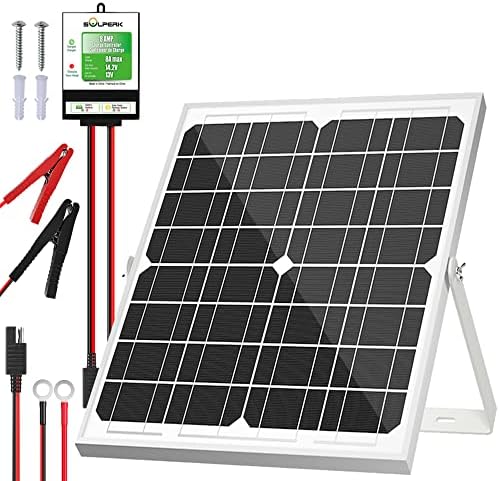### Breaking Down the True Cost of Solar Panels: What You Need to Know
Picture this: It’s a sunny Saturday morning, and the golden rays of the sun are streaming through the windows of my cozy, self-sufficient cabin. As I sip on freshly brewed coffee, I glance at my solar panel setup and realize that all this clean energy is not just powering my home—it’s also saving me money. But the journey to achieving that energy independence wasn’t without its twists and turns. Understanding the true cost of solar panels is crucial for anyone considering this sustainable lifestyle.
When embarking on the solar adventure, many potential buyers focus primarily on the price of the panels themselves. While that’s a significant factor, the overall cost involves much more. Here, we’ll break down all the essential aspects—from initial investment to return on investment (ROI)—so you can make an informed decision that benefits both your wallet and Mother Earth.
#### Initial Costs: Everybody Wants to Know the Price
**1. The Price of the Panels**
At their core, solar panels can range dramatically in price, typically falling within the $15,000 to $30,000 range for an average residential setup, depending on factors like size, brand, and location. This upfront cost can feel daunting, but it’s crucial to remember that this is your primary investment in energy independence.
**2. Installation Costs**
Installation isn’t just a luxury—it’s a necessity. Professional installation services can add another $5,000 to $10,000 to your total costs. Many homeowners opt for this route to avoid issues like improper placement or electrical setbacks. DIY installations are a possibility, but they require expertise and might void warranties if not done correctly.
**3. Permits and Fees**
Before the solar panels can grace the rooftop, you’ll need to secure permits from your local government. Permit costs can vary widely by state or city, ranging from a few hundred to a couple of thousand dollars. Factor these fees into your budget to avoid unpleasant surprises down the line.
#### Ongoing Costs: Don’t Forget the Hidden Expenses
**1. Maintenance and Repairs**
Solar panels are generally low-maintenance, but they’re not maintenance-free. Annual cleanings and occasional inspections will keep your system in top shape, typically costing around $100 to $300 per year. It’s also wise to set aside funds for potential repairs; if anything unexpected occurs, having money reserved will ease the financial burden.
**2. Battery Storage**
If you plan to go completely off the grid or simply want to store energy for rainy days, battery storage is essential. Good quality storage systems can run from $5,000 to $15,000, making this an important consideration. While it adds significant upfront investment, battery costs have been decreasing steadily, enhancing accessibility.
#### Financial Incentives: Sweetening the Deal
**1. Tax Credits and Rebates**
The federal government offers tax credits that can help offset the costs. Currently, homeowners can claim a credit of up to 30% of the installation costs through the Federal Solar Tax Credit. This is a valuable incentive that can substantially reduce your out-of-pocket expenses.
Additionally, state-specific rebates can further minimize costs. Check your local government’s website or speak to a solar energy expert to explore available options.
**2. Financing Options**
Not ready to pay entirely upfront? Several financing options can make going solar more manageable. From solar loans to lease agreements, various paths can spread out the financial burden, allowing you to enjoy the benefits of solar power without breaking the bank.
#### Return on Investment: Feel the Savings
**1. Reduced Utility Bills**
One of the most appealing aspects of solar energy is the significant reduction in monthly electricity bills. The savings can be jaw-dropping—many homeowners report cutting their bills by 50% or more! This lower fixed cost can fund vacations or hobbies, contributing to an overall enriching lifestyle.
**2. Increase in Home Value**
Solar panels can also increase the resale value of your home. Studies indicate homes equipped with solar energy systems sell faster and at higher prices than comparable homes without them. It’s a small but mighty bonus.
**3. Break-Even Point**
On average, homeowners can expect to reach a break-even point on their solar investment within 6 to 10 years, depending on various factors like local energy rates, installation costs, and efficiency. After that, it’s like finding a pot of gold at the end of the rainbow.
#### Pro Tips: Maximize Your Investment
– **Do Your Research:** Compare different solar panel brands and installation companies. Check reviews and ratings to find the best fit for your needs.
– **Go Local:** Supporting local solar businesses can often yield better customer service and tailored solutions.
– **Mind the Shade:** Assess your property for potential shading issues. Even partial shade can significantly impede your panel effectiveness.
– **Invest in Quality:** While the initial investment may be higher, choosing high-efficiency panels can lead to better long-term returns.
– **Consider Extensions:** Where possible, factor in future energy needs. If you anticipate additional usage (like adding a hot tub or electric vehicle), allow room for future expansion in your solar setup.
#### The Bigger Picture: Environmental Benefits
Besides financial considerations, we shouldn’t overlook the positive environmental impact. Solar energy reduces reliance on fossil fuels, diminishing your carbon footprint and contributing to a cleaner planet. In states where solar usage is on the rise, there’s also a ripple effect: more jobs in renewable energy and a stronger push toward sustainable practices as a community.
### Conclusion: The Bright Side of Solar
The journey toward solar energy can be a fulfilling one, offering both economic savings and environmental benefits. While the initial costs may seem high, various incentives and the potential for lower utility bills make it a worthwhile investment.
As you weigh the costs, remember the bright future you’ll forge—one that gives back to the planet while saving a little green. So, whether you’re drawn to solar for financial reasons or out of a passion for sustainability, it’s clear that solar panels are more than just panels; they represent a lifestyle shift towards energy freedom. Embrace it!



